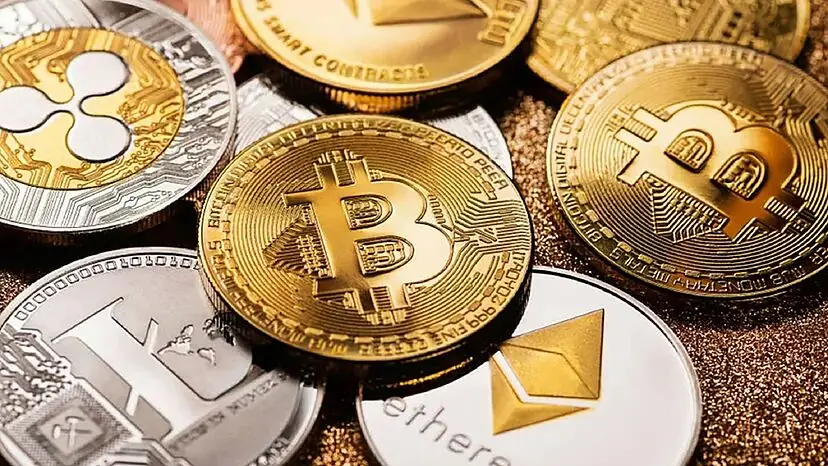Inflation in the context of cryptocurrency refers to the increase in the total supply of a digital asset over time. Unlike traditional fiat currencies, where inflation is influenced by central banks and economic policies, inflation in the crypto world is typically governed by the underlying protocol of the cryptocurrency itself. Here’s a comprehensive look at what inflation means in the crypto space, how it affects digital assets, and its implications for investors.
Understanding Cryptocurrency Inflation
- Definition of Crypto Inflation: Inflation in cryptocurrency refers to the rate at which new coins or tokens are introduced into circulation. This process can affect the value of a digital asset as the total supply increases. Inflation is usually predetermined by the cryptocurrency’s protocol, which outlines how and when new tokens will be issued.
- Types of Inflation in Crypto:
- Fixed Supply Inflation: Some cryptocurrencies, like Bitcoin, have a capped total supply. Bitcoin’s inflation rate decreases over time due to its halving events, which reduce the reward miners receive for validating transactions. This controlled inflation can create scarcity and potentially increase value.
- Variable Supply Inflation: Other cryptocurrencies may have a dynamic supply mechanism where the total supply is not fixed. For example, Ethereum has no hard cap on its total supply, and its inflation rate is influenced by network upgrades and changes in monetary policy.
- Mechanisms Influencing Inflation:
- Block Rewards: Many cryptocurrencies use block rewards to incentivize miners or validators. These rewards typically decrease over time, impacting the inflation rate.
- Staking Rewards: In proof-of-stake (PoS) cryptocurrencies, new tokens are often issued as rewards for staking. The inflation rate in these systems can vary based on the number of tokens staked and the overall network participation.
- Governance Changes: Some cryptocurrencies allow for protocol upgrades through governance mechanisms. Changes in these protocols can affect inflation rates by altering the rules for token issuance.
- Impact of Inflation on Crypto Assets:
- Value Dilution: As more tokens are introduced, the value of each individual token can be diluted if demand does not keep up with the increased supply. This can lead to a decrease in the token’s price.
- Market Perception: Inflation can affect how investors perceive a cryptocurrency. A high inflation rate may signal potential devaluation, while a controlled inflation rate might be seen as a sign of stability.
- Inflation and Investment Strategy:
- Long-Term Holding: Investors who believe in the long-term value of a cryptocurrency may be less concerned about short-term inflation. They might focus on the overall growth potential rather than immediate supply increases.
- Diversification: To mitigate the impact of inflation, investors may diversify their portfolios across different cryptocurrencies with varying inflation mechanisms and supply models.
Conclusion
Inflation in cryptocurrency is a crucial factor that affects the total supply and value of digital assets. Understanding how inflation works in the crypto space can help investors make informed decisions about their investments and manage potential risks. Whether dealing with fixed or variable supply cryptocurrencies, it’s essential to consider how inflation might impact the long-term value and stability of a digital asset.
